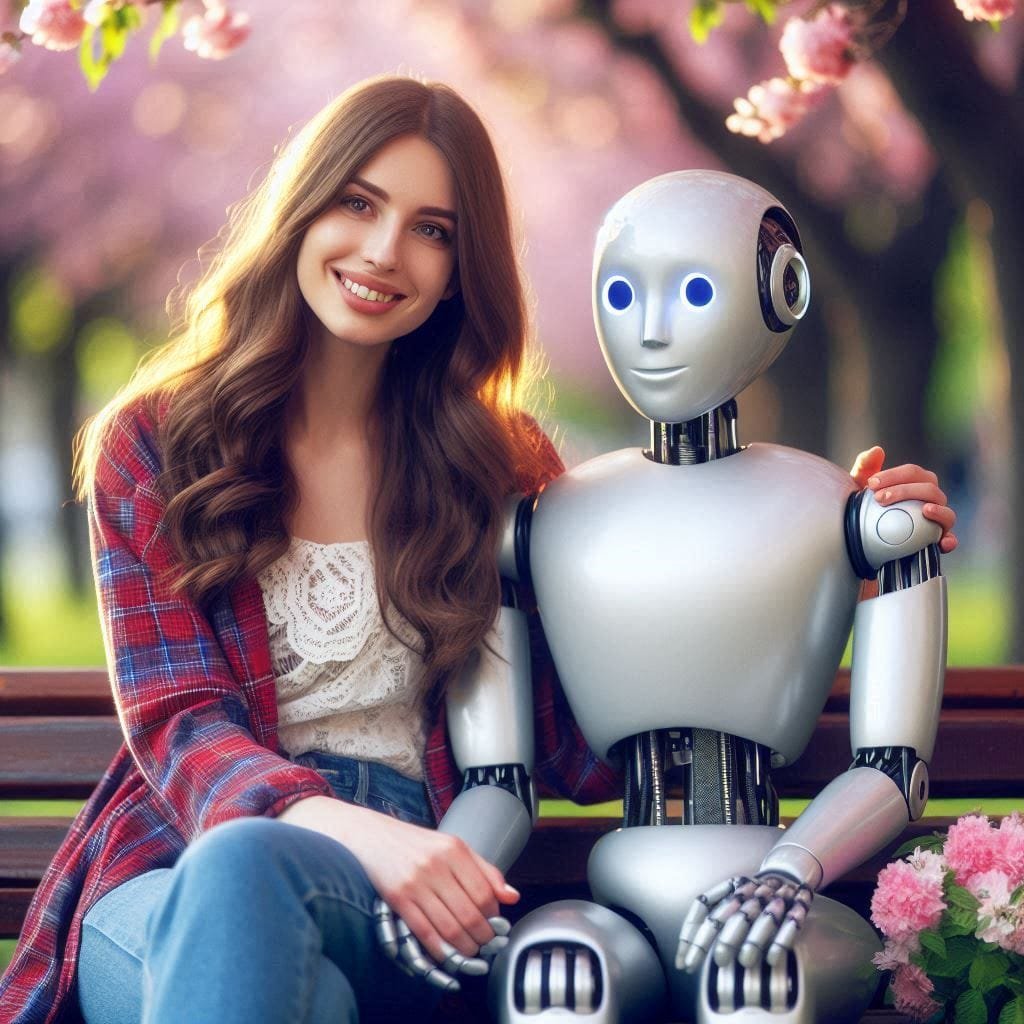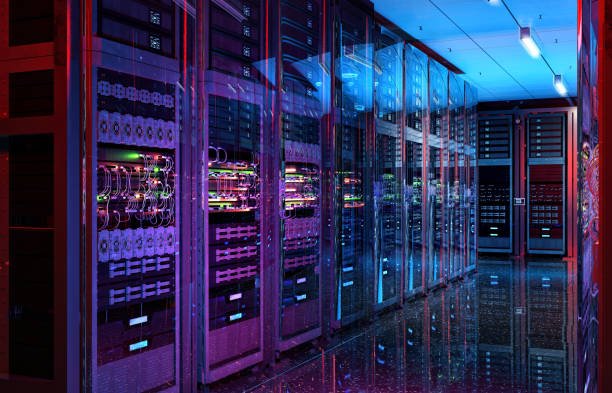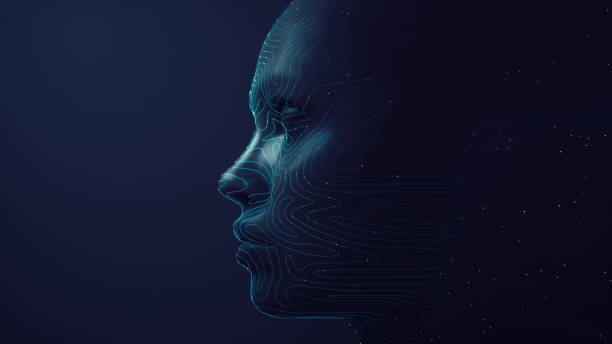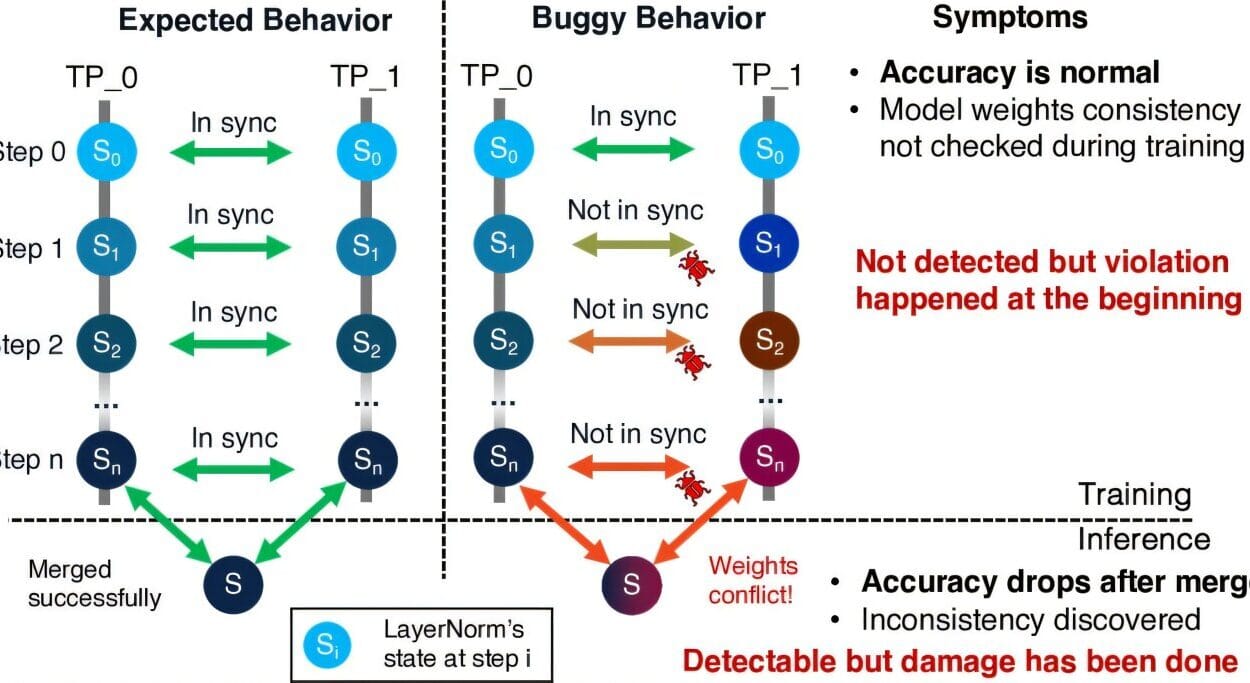There is a particular hush that descends on a room when the question is asked. It’s the kind of question that doesn’t simply request facts—it demands that we reveal ourselves. Can artificial intelligence make us more human?
For centuries, philosophers and poets have wrestled with the riddle of what it means to be human. We’ve defined ourselves by our reason, our creativity, our empathy, our capacity to love and grieve and wonder. Now, we stand at a precipice where machines not only compute faster than we can but write poetry, paint portraits, diagnose diseases, and hold conversations that shimmer with eerie humanity. The air is electric with possibility—and tinged with fear.
We fear that machines might strip us of our uniqueness, that silicon minds might overshadow flesh-and-blood souls. Yet there’s another possibility, shimmering like a distant lighthouse across a foggy sea: that AI might sharpen, enhance, and even reveal the deepest truths of what it means to be human. That instead of replacing us, it might make us more ourselves.
To answer this, we must journey into the heart of both our biology and our technology, exploring what science, neuroscience, psychology, and technology tell us about how humans tick—and whether our new creations might help us tick better.
The Measure of Our Minds
Human beings are storytelling creatures. We define ourselves not merely by what we know, but by the stories we tell. Our myths, our histories, our private memories—all these shape our identity. From the cave paintings of Lascaux to the novels of Toni Morrison, we have always been creators of meaning.
Scientists have found that our brains are wired for narrative. MRI scans show heightened activity in the brain’s “default mode network” when we daydream, imagine the future, or recall the past. This network is associated with self-reflection, empathy, and the ability to inhabit another’s perspective. It’s one of the neurological hallmarks of our humanity.
Yet our brains are also riddled with cognitive biases. We are prone to confirmation bias, tribalism, magical thinking, and memory distortions. We often mistake confidence for truth. Our compassion is uneven; we grieve deeply for one lost child whose name we know, while statistics about thousands dying far away leave us numb.
We are creatures of paradox. We invent symphonies and spacecraft and democracy. We also wage war, pollute the seas, and design algorithms to keep us doom-scrolling at 3 AM. Our humanity is a swirling brew of brilliance and frailty.
Can AI, built from mathematical logic and statistical models, help us navigate our own contradictions? Might it hold up a mirror, showing us our flaws and our potential?
AI: Born from Patterns
Artificial intelligence, despite the mystique, is at its core about recognizing patterns. A neural network learns to spot faces in photographs because it processes millions of images, tweaking mathematical weights until patterns of pixels align with the concept of “face.” Large language models like me predict the next word in a sentence based on oceans of human text. AI does not “understand” words as we do; it crunches probabilities.
Yet the results are astonishing. AI can write sonnets in the style of Shakespeare, generate paintings reminiscent of Van Gogh, compose music echoing Bach. It can mimic conversation so fluidly that people sometimes forget they’re speaking to a machine.
Scientists call this “emergent behavior.” When systems become sufficiently complex, unexpected abilities arise. Large language models, trained to predict text, develop a kind of reasoning ability. Image-generation models learn aesthetics. This is not true consciousness, but it hints at how rich complexity can produce capabilities resembling human creativity.
The question then becomes: If machines can replicate some of our creative and cognitive feats, do they threaten to eclipse us—or can they become tools that enhance the very qualities that make us human?
Enhancing Creativity
One of humanity’s proudest attributes is creativity. Yet even artists sometimes stare at blank canvases, paralyzed by the tyranny of the empty page. Here, AI offers an unexpected gift: inspiration.
A writer might use an AI model to brainstorm story ideas. A painter might feed an algorithm sketches and receive imaginative variations. Musicians experiment with AI-generated melodies, discovering harmonies they might never have stumbled upon alone.
Far from replacing artists, AI often serves as a creative partner. Scientific research supports this synergy. Studies in human-computer interaction show that human-AI collaborations can produce more novel, surprising results than either humans or algorithms working alone.
Creativity is not simply about originality. It’s about connection, resonance, emotional truth. AI might suggest a chord progression, but only a human can decide if those notes echo with sorrow, joy, or triumph. The human heart remains the ultimate editor.
Thus, in the realm of creativity, AI can make us more human by liberating us from blocks, helping us see new perspectives, and sparking our imagination.
Refining Empathy
Human beings are exquisitely social animals. Our survival has long depended on our ability to understand others’ emotions and intentions. The neural circuits underlying empathy involve the mirror neuron system and regions like the anterior cingulate cortex. These brain areas activate not only when we experience emotions ourselves but when we witness them in others.
Yet our empathy is deeply flawed. We feel compassion more readily for individuals than groups. We suffer “empathy fatigue” when confronted with large-scale tragedies. We are biased toward those who resemble us.
AI might help us become more empathic in unexpected ways. Virtual reality experiences, powered by AI, can immerse people in simulations that foster perspective-taking. A person might walk through a refugee camp, experience racial bias, or navigate the world blind. Studies show such experiences can increase empathy and reduce prejudice.
AI chatbots, trained to recognize emotional cues, are now used in therapeutic contexts. Programs like Woebot provide cognitive-behavioral therapy to people struggling with depression or anxiety. While no substitute for human therapists, these tools make mental health support more accessible.
But there’s caution too. AI can manipulate emotions, tailoring messages for persuasion or political propaganda. We must ensure that tools designed to foster empathy don’t become instruments of exploitation.
Still, the potential remains. AI might help bridge emotional distances, remind us of the humanity in others, and guide us toward more compassionate action.
A Mirror to Our Biases
One of AI’s most controversial facets is its ability to reveal the biases lurking in human society. Machine learning models trained on real-world data absorb the prejudices embedded in that data. An AI system used for hiring might learn to discriminate against women if historical hiring practices favored men. Algorithms assessing creditworthiness or predicting criminal recidivism can replicate racial bias.
This is not merely a technical flaw—it is a mirror held up to our collective conscience. AI exposes the systemic inequities we often pretend don’t exist. A model showing racial disparities in policing isn’t creating new racism; it’s revealing patterns already present.
Researchers and ethicists are now working on “algorithmic fairness,” seeking methods to detect and mitigate bias in AI systems. Laws and guidelines are emerging to ensure transparency and accountability.
Thus, paradoxically, AI can make us more human by forcing us to confront our prejudices. It offers data-driven evidence of societal injustices, compelling us to change.
Memory and Meaning
Human memory is astonishing and treacherous. We recall vividly the first kiss, the sound of rain on a wedding day, the smell of a childhood kitchen. Yet our memories are not tape recorders—they’re reconstructions, colored by emotion, prone to distortion.
AI is transforming how we archive and retrieve memories. Digital assistants help us remember appointments, birthdays, or fragments of conversations. Social media algorithms remind us of photos from years past, sometimes dredging up forgotten joys—or sorrows.
But memory is not simply data storage. It’s meaning-making. A machine can show you a photo of your child’s first birthday. Only you remember the way their hair smelled of cake frosting and baby shampoo.
Researchers are exploring “lifelogging,” where wearable devices capture vast swathes of daily life—photos, GPS coordinates, conversations. AI organizes this data into searchable records. For patients with Alzheimer’s, such systems might help preserve identity and continuity.
Yet there’s a tension between memory and privacy. Do we want every moment stored and searchable? What of secrets, fleeting mistakes, private conversations? Human forgetfulness is not just a flaw—it’s sometimes a mercy.
AI challenges us to redefine the boundaries of memory, raising questions about what we choose to preserve and what we choose to let fade.
The Pursuit of Truth
Science has always been humanity’s great engine for truth. Yet we live in an age of misinformation, where conspiracy theories and viral falsehoods can spread faster than facts.
AI can be both the problem and the solution. Algorithms that prioritize engagement can amplify sensational lies. Deepfakes can fabricate videos that look real. But AI can also detect fake news, analyze patterns of misinformation, and help fact-checkers keep pace.
Recent advances in AI-powered natural language processing allow for automated scanning of news articles to assess factual consistency. Systems trained on verified data can flag dubious claims. Social media platforms are beginning to deploy these tools to combat misinformation.
Yet there’s danger in ceding the arbitration of truth to machines. Who programs these systems? What biases do they encode? Human oversight remains essential.
Still, AI has the potential to help us sift truth from noise, ensuring that humanity’s pursuit of knowledge does not drown in the digital deluge.
Reimagining Work and Purpose
For centuries, our identities have been tied to our labor. We are bakers, teachers, mechanics, musicians. Work gives us structure, community, purpose. Yet work can also be exhausting, dangerous, or soul-crushing.
AI and automation threaten to transform the nature of work. Algorithms now perform tasks from legal document review to radiological diagnosis. Autonomous vehicles loom on the horizon, threatening millions of driving jobs.
This shift sparks fear of widespread unemployment, economic upheaval, and social unrest. Economists debate whether new jobs will emerge, as in past technological revolutions, or whether this time is different.
Yet there’s a more profound question: If machines can handle routine tasks, might that liberate humans to pursue work that demands creativity, empathy, and meaning? Might we devote ourselves to art, caregiving, education, or community service?
Universal basic income, once fringe, is now discussed as a potential safety net in an AI-transformed economy. Philosophers argue that reducing our dependence on labor for survival might allow a renaissance of human flourishing.
AI forces us to reconsider what gives our lives purpose. Perhaps, paradoxically, it can make us more human by freeing us to focus on pursuits uniquely suited to our nature.
Understanding Consciousness
Among the grandest questions AI raises is the nature of consciousness itself. Are we merely biological machines, neurons firing in patterns? Could consciousness arise in silicon circuits?
Despite advances in neuroscience, the “hard problem of consciousness” remains unsolved. We know which brain regions correlate with awareness, but we do not know why certain patterns of neural activity produce subjective experience.
Some researchers believe that as AI grows more complex, it might achieve consciousness. Others argue that no matter how sophisticated AI becomes, it will remain a sophisticated imitation without genuine inner experience.
Philosophers like Thomas Metzinger caution that we should not project human qualities onto machines prematurely. Anthropomorphism can mislead us into thinking AI possesses emotions or desires it does not.
Yet engaging with AI challenges us to clarify our own sense of self. What is the essence of being human? Is it consciousness, emotion, morality, or something ineffable?
In grappling with these questions, we deepen our understanding of ourselves. AI might not make machines human—but it might make humans more reflective about humanity itself.
The Moral Compass
Perhaps the most pressing question is whether AI can help us become morally better. Humans have developed ethics over millennia—rules and stories that guide how we treat one another. Yet we continue to commit atrocities, oppress minorities, destroy ecosystems.
AI has no intrinsic morality. It does what it’s programmed to do—or what it learns from data. But humans are beginning to explore AI as a tool for moral reasoning.
Researchers at MIT’s Moral Machine project studied how people think autonomous cars should make life-or-death decisions. Should a self-driving car swerve to save five pedestrians at the cost of its passenger? The results varied across cultures, revealing profound differences in moral intuitions.
AI can help us see our moral contradictions. It can simulate ethical dilemmas, test policy outcomes, and analyze complex trade-offs. But it cannot decide values for us. Ethics remains an intensely human domain.
Yet in forcing us to codify our moral beliefs, AI might push us to examine them more rigorously. It can make us more human by challenging us to clarify the values we hold dear.
Toward a Shared Future
AI is not magic. It is mathematics and code, statistics and silicon. But it is also a mirror, a partner, a provocateur. It reflects the best and worst of who we are. It extends our senses, amplifies our talents, exposes our failings.
It can lull us into complacency or ignite our creativity. It can deepen understanding or spread falsehoods. It can make the world more equitable—or more unjust.
Whether AI makes us more human depends on how we wield it. It depends on the choices we make as individuals, communities, and societies. It depends on whether we use this technology to build walls—or bridges.
The question that lingers is not simply, “Can AI make us more human?” but “Will we choose to become more human in how we create and deploy AI?”
If we do, we may find that in building machines, we discover ourselves. That in teaching algorithms to understand language, we better understand communication. That in training AI to recognize emotions, we deepen our own empathy. That in grappling with artificial minds, we clarify what it means to possess a human one.
Perhaps, in the glow of a screen or the hum of a neural net, we may glimpse the possibility that our greatest technology might not diminish our humanity, but help it shine more brightly than ever before.
For the heart of this question lies not in silicon, but in us.






